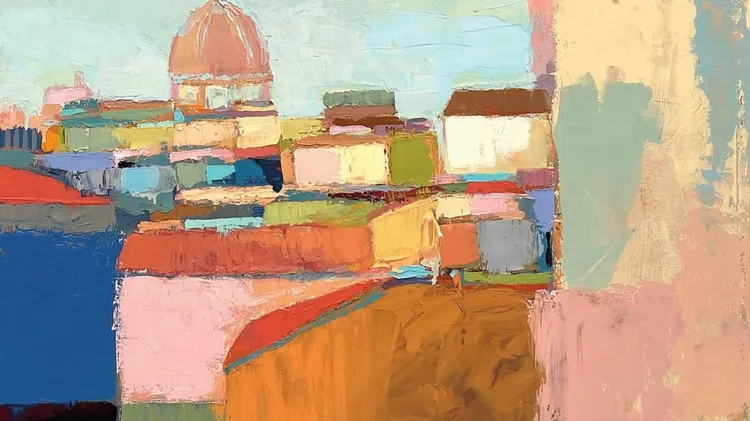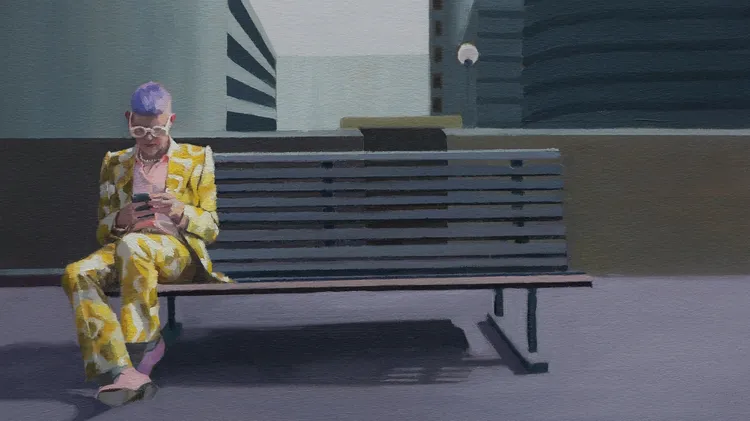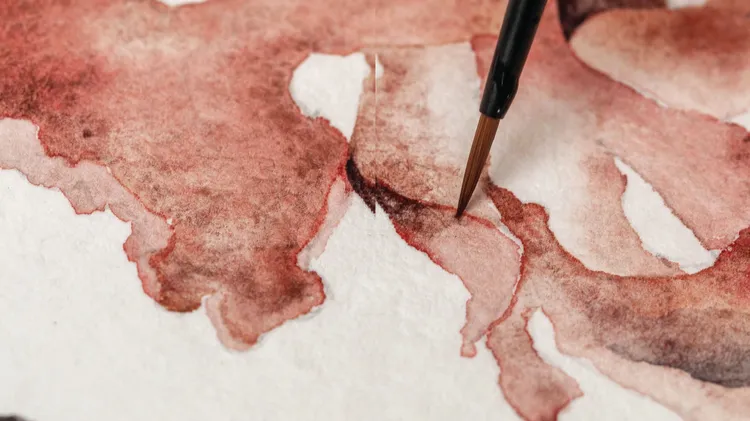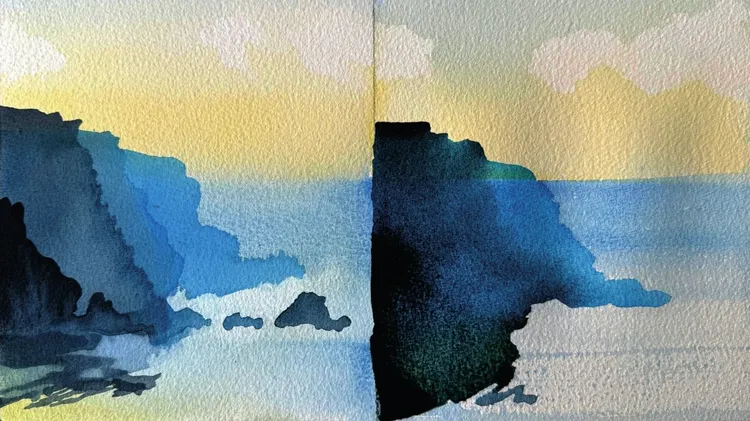In the first of a series of three articles, Andrew Field shows how to develop
Lessons in oils
11 min read
This article is from...
Read this article and 8000+ more magazines and newspapers on Readly





